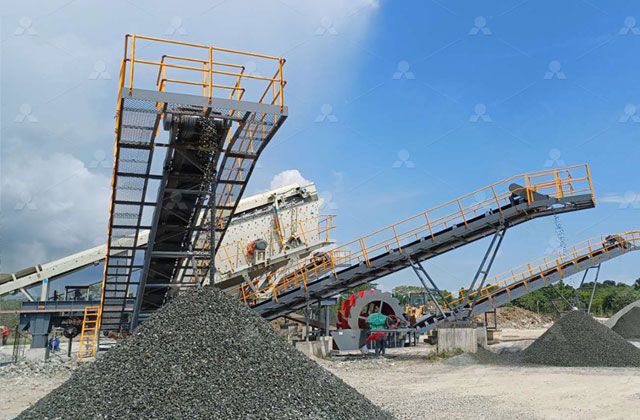Crushing systems play a crucial role in transforming raw materials into usable aggregates that serve as foundational components in construction, infrastructure, and various industrial processes. Understanding the journey from raw stone or ore to finished aggregate products involves an overview of the types of crushing equipment, their working principles, and the stages involved in the crushing process.
Introduction to Crushing Systems
Crushing systems are engineered setups designed to reduce the size of large rocks, ores, or minerals extracted from quarries or mines. The primary goal is to convert bulky raw materials into smaller, more manageable sizes, typically aggregates, that meet specific standards for construction or industrial use.
Aggregates produced include sand, gravel, crushed stone, and other materials that serve as key ingredients in concrete, asphalt, road base, and other infrastructure projects.

Types of Raw Materials
Raw materials processed by crushing systems typically include:
-
Natural rock (granite, basalt, limestone, quartz, etc.)
-
Ores (iron ore, copper ore, gold ore, etc.)
-
Industrial minerals (gypsum, calcite, feldspar, etc.)
-
Recycled concrete or demolition debris (in recycling applications)
The characteristics of the raw material—hardness, abrasiveness, moisture content, and size—largely influence the choice of crushing equipment and process design.
Stages of Crushing
Crushing systems are often divided into multiple stages to efficiently reduce material size while maintaining product quality.
1. Primary Crushing
-
Purpose: Reduce large raw rocks into manageable sizes for further processing.
-
Equipment: Jaw crushers and gyratory crushers are most common.
-
Operation: Raw materials are fed into the crusher, where compressive force breaks down large rocks.
-
Output: Typically reduces rock to 150-300 mm.
2. Secondary Crushing
-
Purpose: Further reduce the size of material after primary crushing.
-
Equipment: Cone crushers, impact crushers, or sometimes jaw crushers.
-
Operation: Material exiting primary crusher is processed to smaller sizes with greater control over particle shape.
-
Output: Usually 20-50 mm size.
3. Tertiary Crushing (and sometimes Quaternary)
-
Purpose: Achieve final product size and shape specifications.
-
Equipment: Vertical shaft impactors (VSI), cone crushers, or specialized crushers.
-
Operation: Material is finely crushed and often shaped to meet grading requirements.
-
Output: Fine aggregates, sand-sized particles, or specific shape aggregates.
Crushing Equipment Types and Their Applications
Jaw Crushers
-
Ideal for primary crushing.
-
Use compressive force with two jaws—one fixed and one moving—to crush large materials.
-
Suitable for hard, abrasive rocks.
Gyratory Crushers
-
Used for primary crushing, especially in large-scale operations.
-
Consists of a gyrating cone inside a fixed outer shell.
-
Can handle high capacity and large feed size.
Cone Crushers
-
Used for secondary and tertiary crushing.
-
Employ compressive force with a rotating cone inside a bowl.
-
Produce well-shaped aggregates.
Impact Crushers
-
Break material by impact forces.
-
Suitable for softer rocks or recycled materials.
-
Often used in secondary and tertiary stages.
Vertical Shaft Impactors (VSI)
-
Produce high-quality shaped aggregates.
-
Crush by accelerating particles against a hard surface.
-
Commonly used for sand and fine aggregates.
Integration with Screening and Washing
After crushing, aggregates often pass through screening to separate particles by size. Washing systems remove impurities such as clay, silt, and dust to improve aggregate quality.
Effective integration of crushing, screening, and washing leads to optimized production, better product quality, and lower operational costs.
Factors Influencing Crushing System Design
-
Material properties: Hardness, abrasiveness, moisture, stickiness.
-
Required output size and shape.
-
Production capacity and throughput.
-
Operational costs and maintenance.
-
Environmental considerations, such as dust and noise control.
Crushing systems are vital in the transformation of raw materials into usable aggregates, forming the backbone of construction and industrial applications. The careful selection and integration of crushing equipment, aligned with the properties of raw materials and end-product requirements, ensure efficient, cost-effective production with the desired quality.
By understanding the stages of crushing, types of crushers, and associated processes, industries can optimize their aggregate production to meet growing infrastructure demands worldwide.

